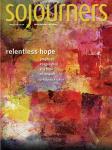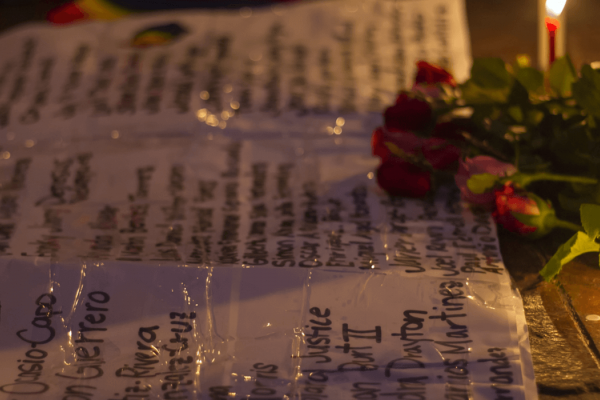AFTER YEARS OF retreat work and spiritual direction in many contexts, I have come to see that it is very hard to heal individuals or institutions when the larger culture itself is in shock or despair. If there is at least some level of cultural hope or optimism, the healing process moves much easier and creativity flourishes.
When the shades are all pulled down, and so many are content to live in a dark room, it is much harder to enlighten any one part of the room. The shared panic makes high-level responses much more difficult. (Yet, to be honest, it emboldens the rare few too!)
I hope this does not sound too clever or current, but I do believe that much of the world, and surely the United States, is presently in a state of collective post-traumatic stress. We sit stunned by what is happening around us, to us, on our newsfeeds—thrashing around for explanations and answers—inside of incoherence at so many levels. I guess St. John of the Cross would call it a “dark night of the soul,” but it’s not an individual experience. We are now in it together.
The 1960s was also an era of upheaval, both in the U.S. and around the world. We were also torn apart. But underlying it all was a historic hope, real reform, revolution, and transformation at many levels. It seemed like an advance of consciousness. Theology, psychology, critical thinking, cultural studies—all made huge advances in a very short period. For those of us in the Catholic fold, it was summed up in the prescient and revolutionary documents of Vatican II. A light from nowhere, it seemed! Yet even this totally unexpected reform set up a subtle but real backlash, as we saw in the wavering of the next two popes. Then, 50 years later, Pope Francis appeared. Again, a light from nowhere.
Western cultures are waiting and hoping for another light from nowhere. Christians would call this grace. Theorists would call it the “x factor.” Poets and seers would insist on an undeniable and compelling hope, which they themselves do not understand. This is the warp and woof of history, one line moving us horizontally and at length, and the other, vertical lines that hold it all together in some kind of coherence and meaningful pattern.
Chaos wearies the mind and the heart—and surely the body, too, as we see in the opioid crisis and spikes in mental and emotional illness. At every level, we are in search for some solid ground. We need it for our health.
Of course, this search can move toward authoritarian “saviors” and demagoguery, toward deep cynicism and withdrawal into an isolated selfhood, toward all kinds of false transcendence, like success or war. But it can also move toward bursts and breakthroughs in consciousness and spirit that will chart a new course. I see it all around me now in new forms of action and contemplation.
We are in such an in-between time right now. To use Samuel Beckett’s metaphor, we are surely “waiting for Godot,” who has not yet fully appeared. And we do not even know in which direction to look.
This is called the “liminal space,” the threshold space between two rooms. We have left one room and have not yet entered the other room. I am convinced that all in-depth transformation takes place in such liminal space, when no one person is in control, but only a larger force guides the way.

Got something to say about what you're reading? We value your feedback!

